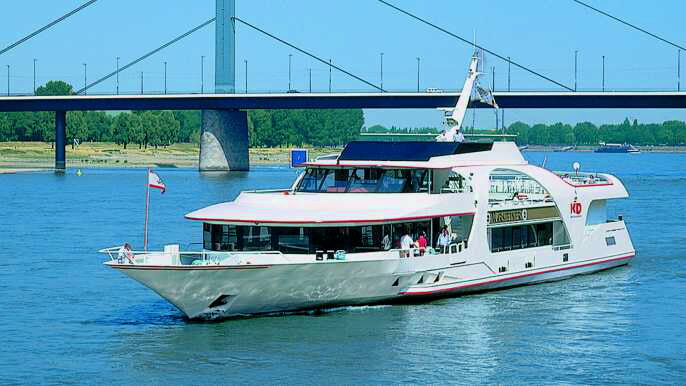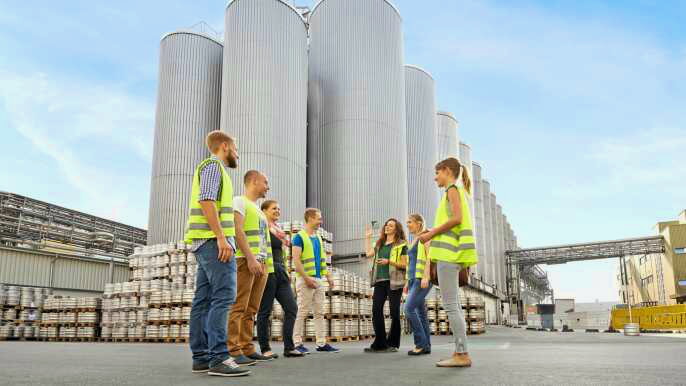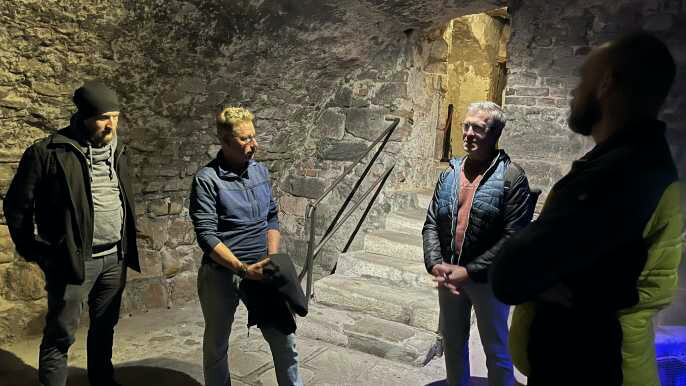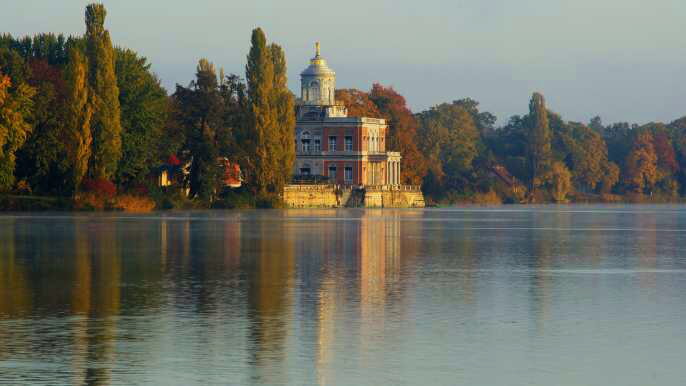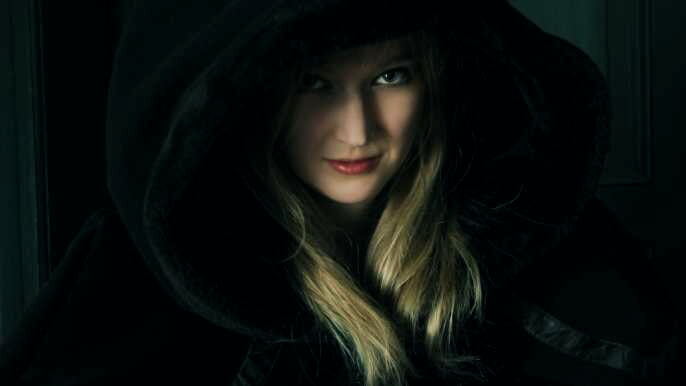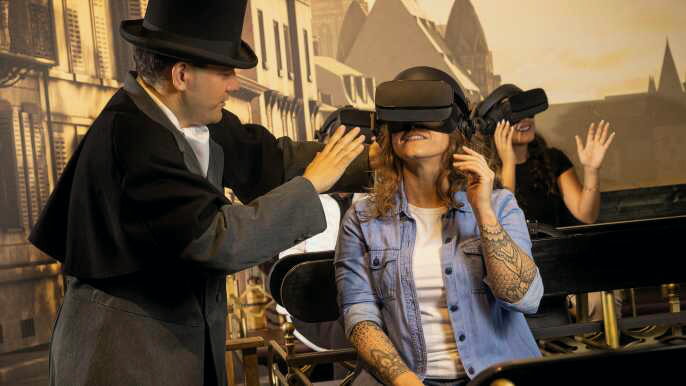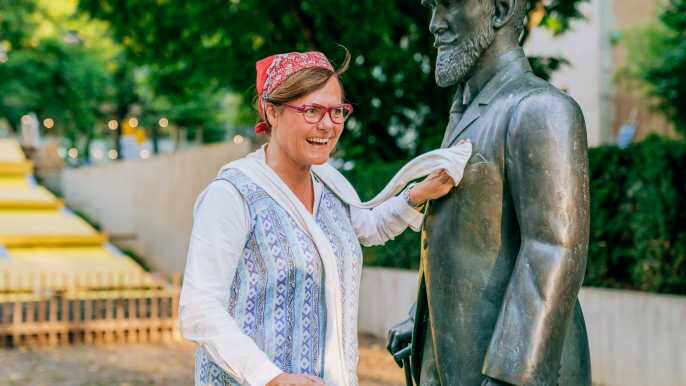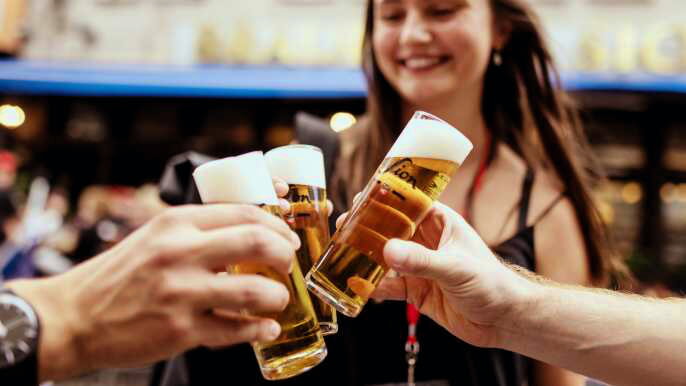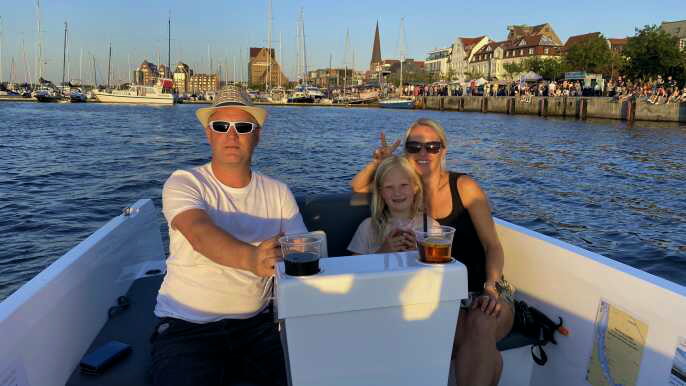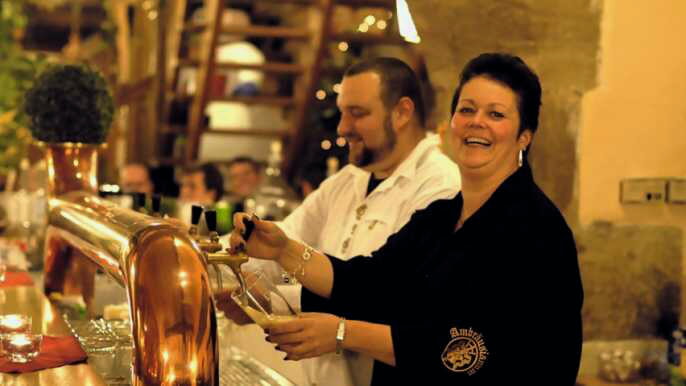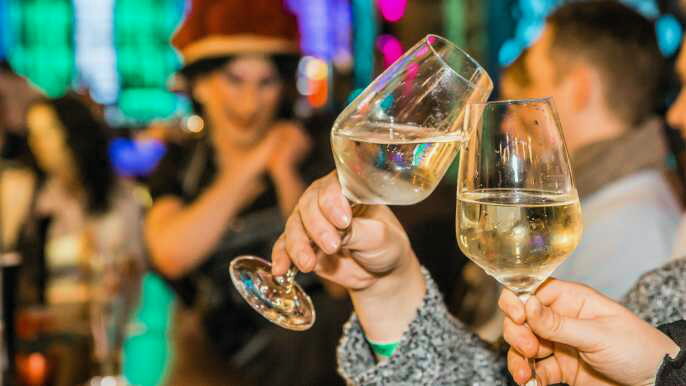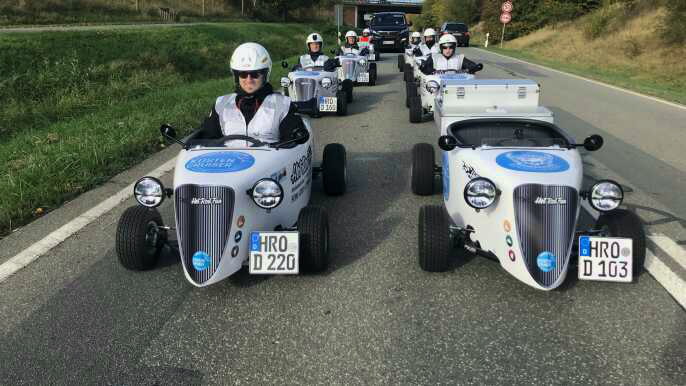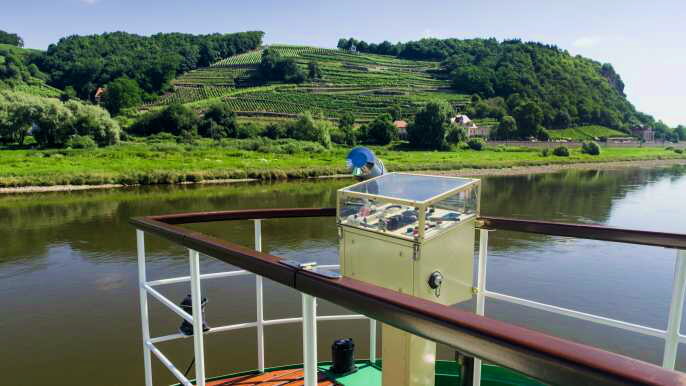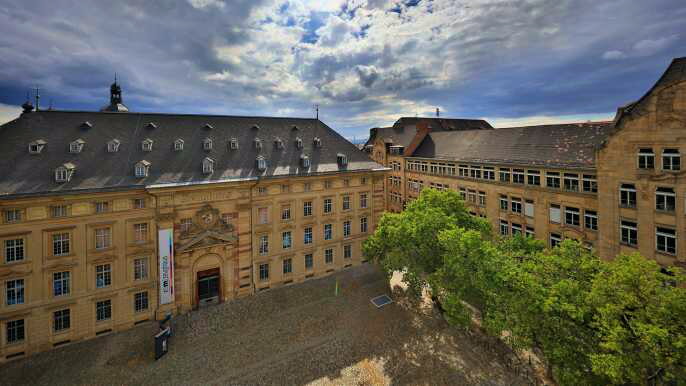Dortmund is a great destination for those who love history, culture and nature. There are lots of museums to explore and activities to do.
You can visit the LWL Industrial Museum Zollern, an impressive piece of architecture that celebrates Dortmund’s long industrial history. It also has a fascinating display of old trams that carried workers to the city’s coal mines and steelworks.
1. St. Reinold’s Church (Reinoldikirche)
The oldest church in Dortmund, it was built in the 13th century and named after the city’s patron saint. Climb more than 200 steps to the bell tower for sweeping views of the city below.
The tower is a 104-meter-tall structure that dominates the skyline. Its spire is one of the city’s most prominent landmarks and was added during reconstruction after WWII.
2. Westfalenpark
The Westfalenpark is one of Dortmund’s largest parks. With a 70-hectare area, it offers an ideal place to spend the day relaxing or just wandering around.
A stroll through the rose garden with over 3,000 varieties is a must. Especially in summer, there are various festivals and events.
The park is also home to Dortmund’s TV tower, Florianturm, a 209-metre-high building with a revolving restaurant and a breathtaking view of the city. It was built in 1959 and has two observation platforms.
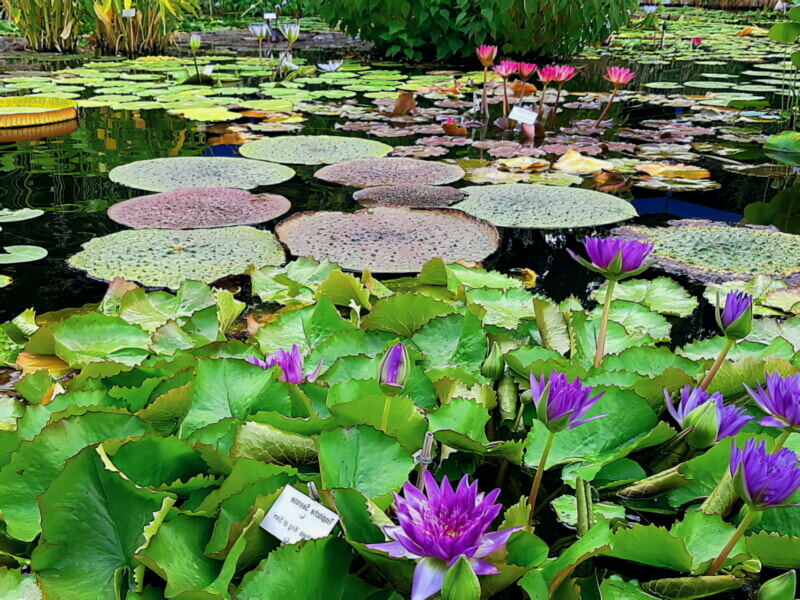
3. LWL Industrial Museum Zollern
The LWL Industrial Museum Zollern is a place to discover history and explore the world of mining and industry. The former coal mine houses huge machines and steel structures along with some artworks to depict the lives of the miners in the past.
You can visit the museum anytime you want, but it’s best to book ahead. There are also guided tours. These can be booked on specific themes such as the history of Dortmund or aspects of rural life.
4. Adlerturm Museum
The Adlerturm Museum is located in the 14th-century Hawk’s Tower and is a fun museum for kids that focuses on Dortmund in the Middle Ages. It’s packed with relics and models that are sure to interest the entire family.
The Adlerturm Museum brings Dortmund’s history to life for children by allowing them to dress up as knights and princesses and take part in some playful mediating of the time period. They can also learn what it was like to live in the medieval times of Dortmund and act as if they had walked through that world.
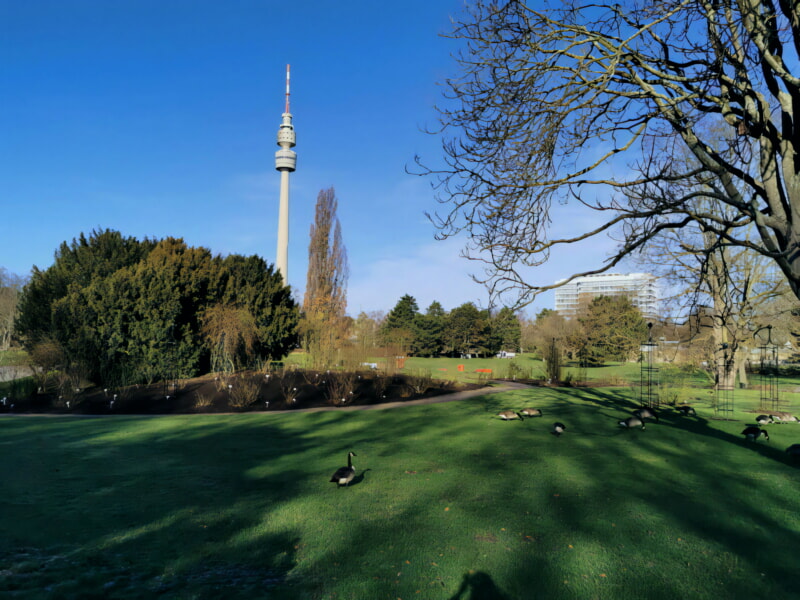
5. Dortmund Opera House
The Dortmund Opera House is a modernist building that was built in 1966. It was designed by the architects Heinrich Rosskotten and Edgar Tritthart.
The theatre is a popular place for musical concerts and performances by famous national and international artists. It also hosts plays and ballets.
The theatre is one of the most well-known and important theaters in Germany. It offers ballet, drama, theater for children and young people, opera, philharmonic orchestra and the Academy for Theater and Digitality.
6. Mooskamp Tram Museum
The Mooskamp Tram Museum is housed in a former tram station and features a collection of historic trams. They were once used to transport workers from Dortmund to the coal mines, coke plants and steelworks in the Ruhr area.
Today, Dortmund is a lively city. The large areas that were once home to the former steelworks and collieries are now being redeveloped, with new trades growing here.
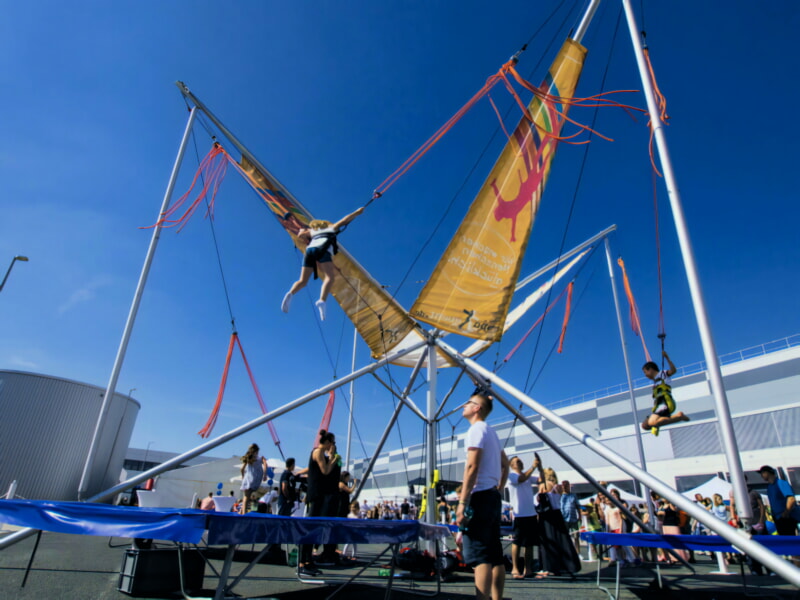
7. Botanical Garden
Founded in 1822, Rombergpark Botanical Garden is a 68-hectare park that is home to local trees, greenhouses and a range of medicinal plants. It is an excellent way to escape the bustle of the city and spend time in nature.
A botanical garden is an institution that maintains a living collection of plants under scientific management for purposes of education, research, display and conservation. Often these gardens are affiliated with colleges or universities, or have associated herbaria and research programmes in plant taxonomy.
8. Rhinoceros with wings
The Rhinoceros with wings stands outside the rathaus in Dortmund. The heraldic animal is one of the city’s most popular sculptures.
This powerful animal can hear infrasonic sounds over long distances and possesses incredibly sensitive ears.
This species has a gentle diet, feeding on fruit, nectar and tree sap that it taps with its horns. But their strength can also be used to dig themselves out of danger.
